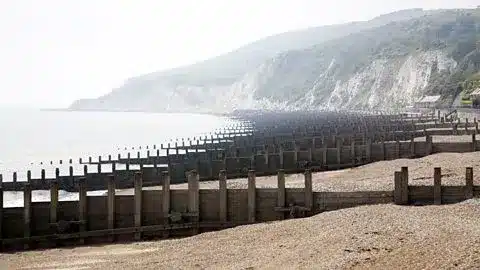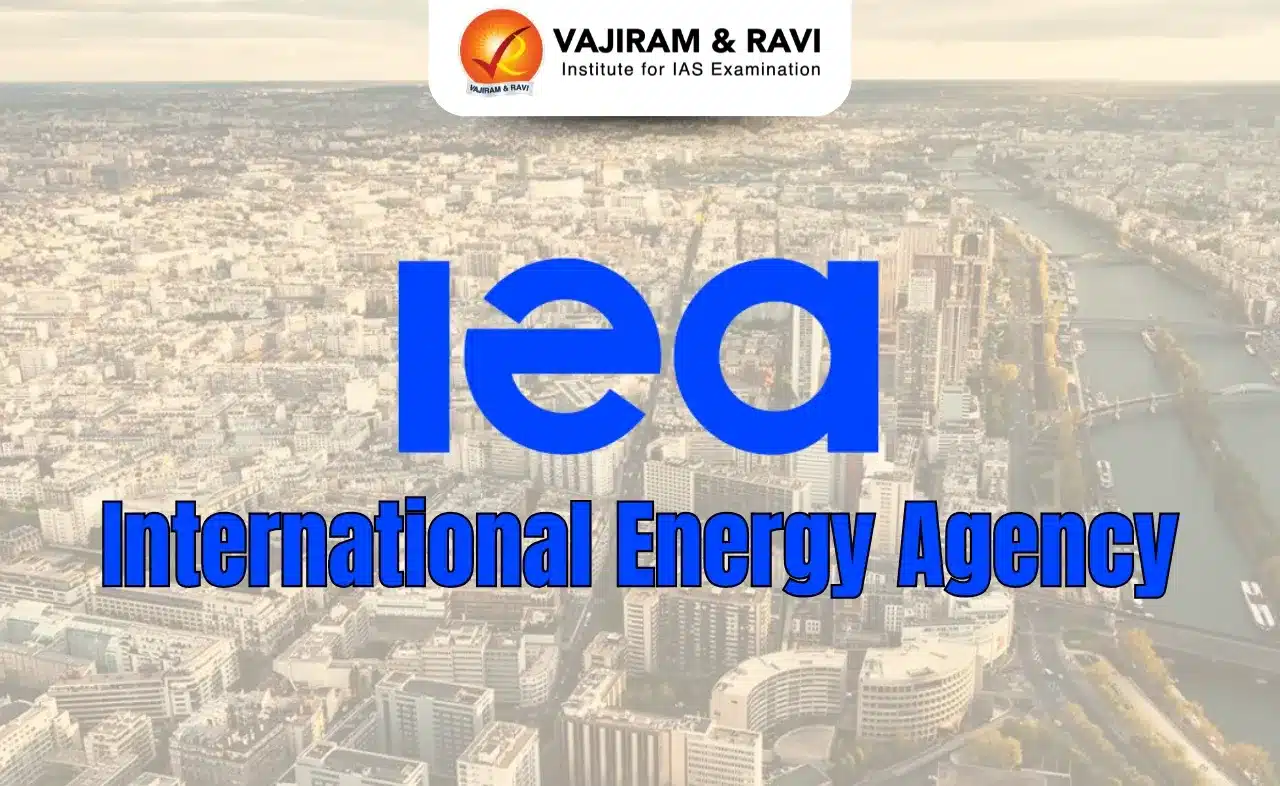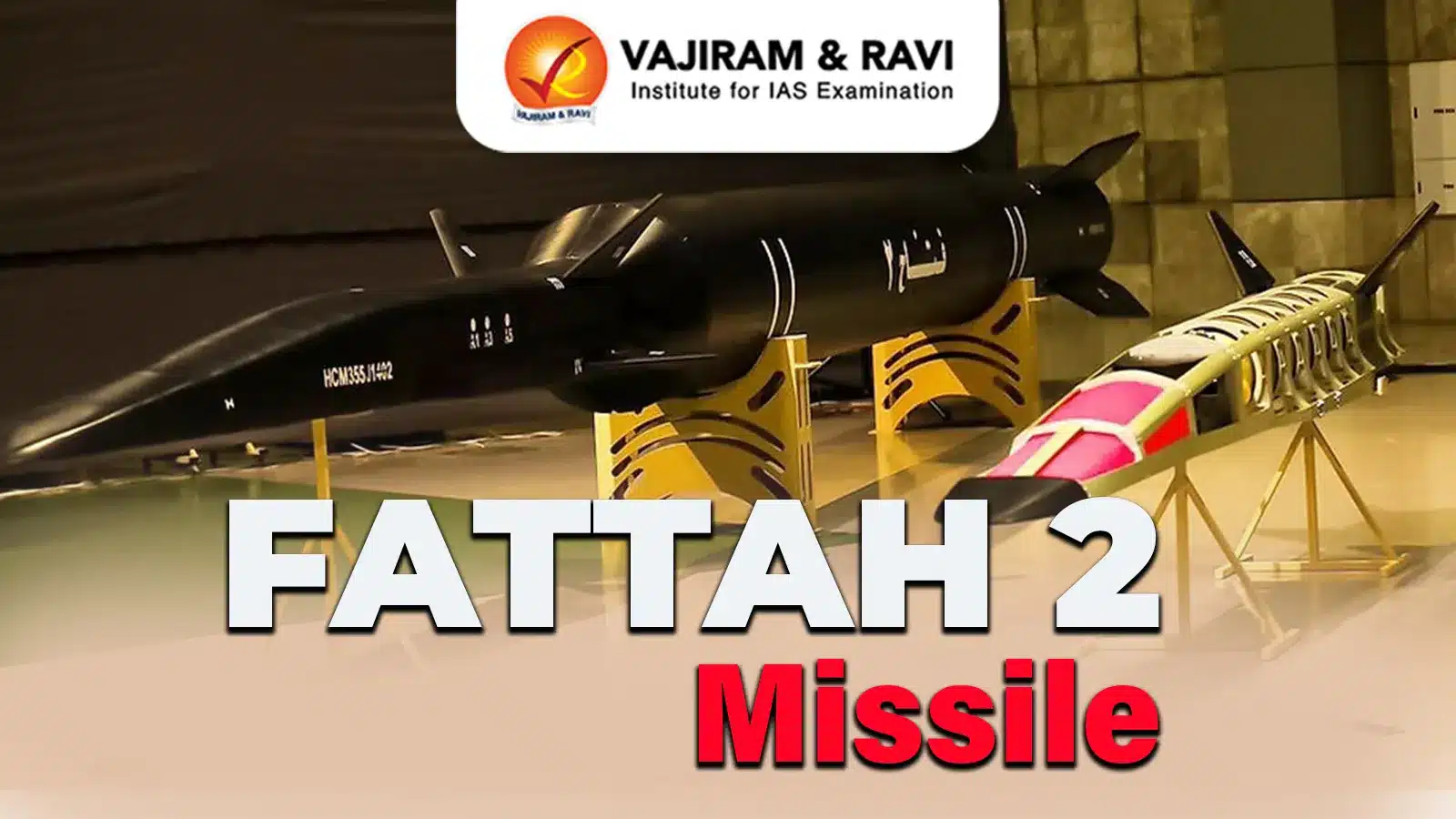About Groynes:
- These are active structure extending from the shore into the sea, most often perpendicular or slightly oblique to the shoreline.
- They’re usually made of wood, rock, or sometimes concrete and metal.
- They are designed to trap sediment, dissipate wave energy and restrict the transfer of sediment away from the beach through long shore drift.
- Longshore drift is caused when prevailing winds blow waves across the shore at an angle which carries sediment along the beach. Groynes prevent this process and therefore slow the process of erosion at the shore.
- Advantages
- Groynes are easy to construct. They have long term durability and are low maintenance.
- They reduce the need for the beach to be maintained through beach nourishment and the recycling of sand.
- It traps sediment, leading to beach widening, reduced erosion and greater wave energy dissipation.
- It serves as a robust structure (if designed and maintained properly) that can be used for long-term stabilization of coastlines used for societal activities.
Q1: What is an Exclusive Economic Zone (EEZ)?
It is, as defined under UNCLOS, is an area of the ocean extending up to 200 nautical miles (370 km) immediately offshore from a country’s land coast in which that country retains exclusive rights to the exploration and exploitation of natural resources.
Source: Irrigation dept to construct 8 groynes to curb coastal erosion
Last updated on June, 2025
→ UPSC Notification 2025 was released on 22nd January 2025.
→ UPSC Prelims Result 2025 is out now for the CSE held on 25 May 2025.
→ UPSC Prelims Question Paper 2025 and Unofficial Prelims Answer Key 2025 are available now.
→ UPSC Calendar 2026 is released on 15th May, 2025.
→ The UPSC Vacancy 2025 were released 1129, out of which 979 were for UPSC CSE and remaining 150 are for UPSC IFoS.
→ UPSC Mains 2025 will be conducted on 22nd August 2025.
→ UPSC Prelims 2026 will be conducted on 24th May, 2026 & UPSC Mains 2026 will be conducted on 21st August 2026.
→ The UPSC Selection Process is of 3 stages-Prelims, Mains and Interview.
→ UPSC Result 2024 is released with latest UPSC Marksheet 2024. Check Now!
→ UPSC Toppers List 2024 is released now. Shakti Dubey is UPSC AIR 1 2024 Topper.
→ Also check Best IAS Coaching in Delhi
























